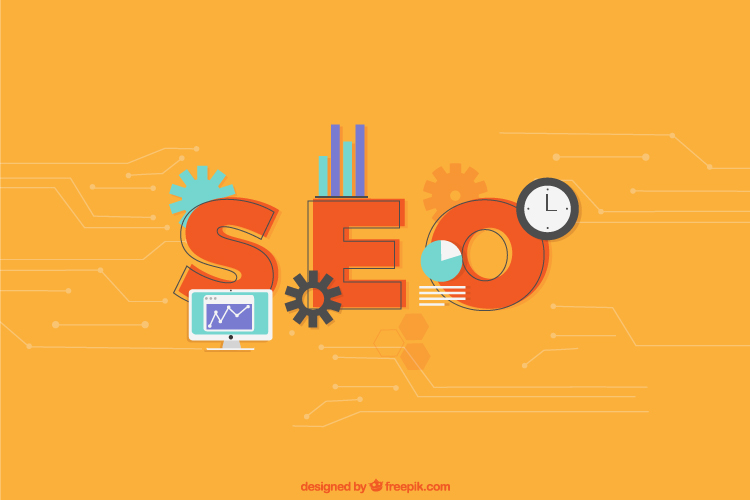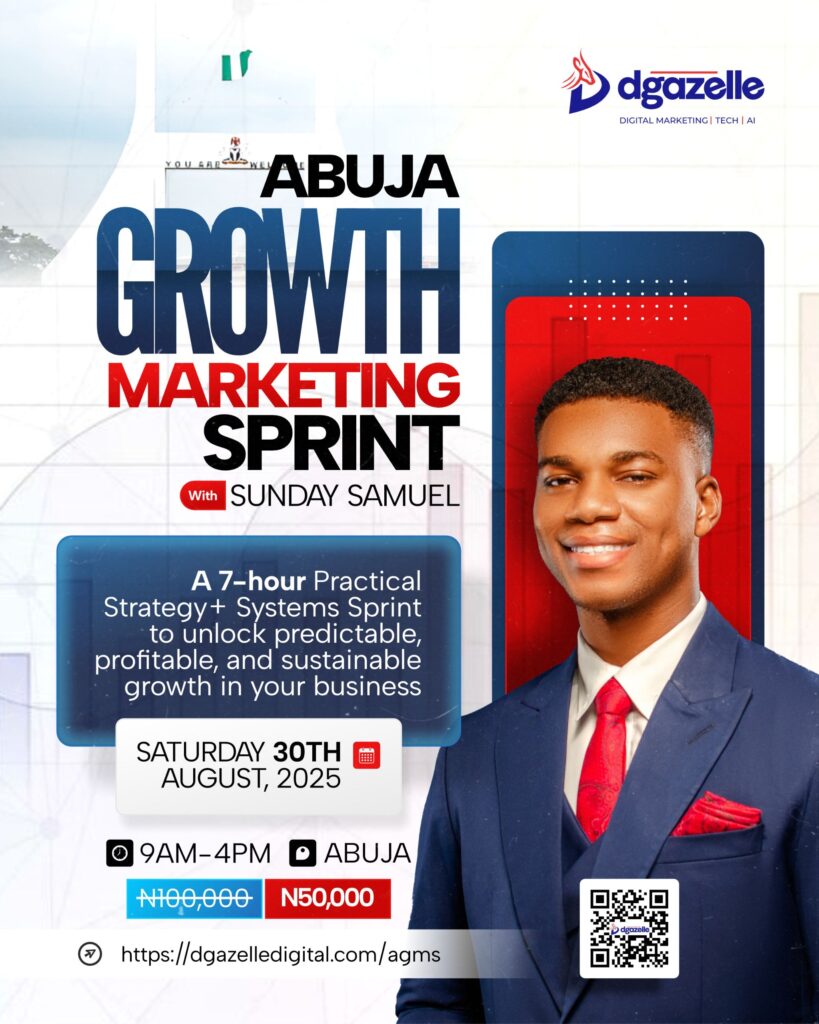As the foundation for your website’s search engine visibility, technical SEO is an essential part of any digital marketing plan. Although backlinks and high-quality content are crucial, they won’t help if your website is beset by technical problems. We will examine the typical technical SEO problems that website owners face in this blog and offer practical fixes to assist you in successfully resolving them.
Understanding Technical SEO
It’s critical to comprehend what technical SEO comprises before delving into particular concerns. In order for search engines to efficiently crawl and index your website, technical SEO focuses on improving its infrastructure. This covers things like mobile optimization, secure connections, structured data, site speed, and more. Resolving technical SEO difficulties is crucial for both increasing user experience and search engine rankings.
Website Crawling Errors
In order to fix crawl issues, which might prevent search engines from correctly crawling a website, technical SEO is essential. explore engine bots, often known as crawlers, use crawling to explore the web for fresh or updated content. These bots collect information to index for search results by following links from one page to another. One of the most prevalent technological problems affecting websites is crawl difficulties. These mistakes happen when some pages on your website are inaccessible to search engine bots, which can stop those sites from being indexed. Broken links, server outages, and improper robots.txt file setups are common reasons for crawl problems.
Using Google Search Console is the first step in resolving crawl issues. This effective tool will point up any mistakes that Google finds on your website and offer insightful information about how crawlable it is. You can find troublesome URLs and the particular problems affecting them by looking at the Coverage report.
After identifying the mistakes, you can take the necessary steps. To find broken links, perform a site audit using tools such as Ahrefs or Screaming Frog. You can use these tools to identify any broken links that might be causing 404 pages. Once broken links have been found, fix or eliminate them as needed. Check with your hosting provider to make sure your server is dependable and that any downtime is kept to a minimum if the problem is caused by server outages.
Duplicate Content
In order to solve duplicate content problems, which can perplex search engines and lower a website’s ranks, technical SEO is essential. Duplicate content is another common problem in technical SEO. Blocks of text that exist on several URLs are referred to as duplicate content, and they might cause search engines to become confused about which page should rank for particular queries. Your rankings may suffer as a result, and you may lose out on prospects for natural traffic.
Using canonical tags is crucial to addressing duplicate content problems. A canonical tag directs search engines on which URL to index by indicating which version of a page is the “master” version. For e-commerce websites that could have several pages for related products, this is especially helpful.
Additionally, think about optimizing specific pages to make each one distinct if you discover that they are inadvertently repeating content. Make sure all of your material is unique and helpful to readers by using tools like Copyscape to scan the internet for duplicate content. To move people and search engines from duplicate pages to the main page, put up 301 redirects if needed.
Poor Page Loading Speed
Page load speed is greatly impacted by technical SEO, which is important for both search engine optimization and user experience. Page load speed is an important consideration for both SEO and user experience in the fast-paced digital world. Because Google uses page speed as a ranking component, slower websites may have higher bounce rates and worse rankings. When a website loads slowly, users are less inclined to stay on it, which can have a big effect on conversion rates.
Optimizing images is the first step in improving website load times. It is crucial to compress photos without compromising quality because large image files can significantly slow down your website. For this task, programs like ImageOptim and TinyPNG can be useful. Additionally, make sure the photos are in the right format. PNG is good for graphics with fewer colors, while JPEG is usually preferable for photographs.
Performance can also be improved by using browser caching. A user’s browser will load static resources more quickly on subsequent visits. To specify how long browsers should retain these resources, use cache expiration headers. For repeat visitors, this will speed up load times and enhance the user experience in general.
Not Making your website mobile friendly
By making sure a website is usable, accessible, and responsive, technical SEO plays a critical part in mobile optimization. It is more crucial than ever to make sure your website is fully optimized for mobile devices due to Google’s mobile-first indexing. A bad user experience brought on by a non-responsive design may result in poorer search engine rankings.
The first step in mobile optimization is to use a responsive design. Your website will adjust to various screen sizes thanks to responsive design, giving users the best possible viewing experience on all devices. This procedure can be made simpler by using a responsive framework such as Bootstrap.
Regularly testing your mobile usability is also crucial. You may check how well your website works on mobile devices with Google’s Mobile-Friendly Test tool. If problems are found, fix them right away to improve the mobile experience.
Think about optimizing touch aspects as well. To facilitate simple navigation on mobile devices, make sure that buttons and links are sufficiently spaced apart. User engagement and retention can be greatly impacted by a flawless mobile experience.
Robots.txt
In order to instruct search engine bots on which pages to crawl and which to ignore, the robots.txt file is essential. Misconfigurations, however, might cause serious problems by preventing the indexation of crucial pages.
The first step in fixing robots.txt issues is to check your file to make sure it isn’t obstructing any important parts of your website. To see how your settings impact crawling, use the Robots Testing Tool in Google Search Console. Modify your robots.txt file if you discover that some crucial pages are blacklisted.
It’s also critical to comprehend the robots.txt syntax. Depending on your needs, make sure you apply the appropriate directives to allow or disallow pages. Updating this file on a regular basis can help avoid future unexpected problems.
XML Sitemaps
An XML sitemap acts as a guide for search engines, making it easier for them to find and index your content. Your site’s visibility in search results may be hampered by missing or improperly designed sitemaps.
If you don’t already have a sitemap, create one first in order to address problems with XML sitemaps. You can construct a thorough sitemap including all pertinent pages by using tools like online XML sitemap generators or Yoast SEO (for WordPress). When your sitemap is complete, make sure it is indexed by submitting it to Google Search Console.
It’s also crucial to update your XML sitemap on a regular basis, especially if your website changes significantly. To make sure search engines get the most recent information, your sitemap should update as soon as you add new pages or remove old ones.
Unoptimized Meta Tags
Title tags and meta descriptions are examples of meta tags that play a significant role in SEO.As users’ initial perception of your material in search results, poorly optimized meta tags might lower your ranks and click-through rates.
Create distinct title tags for every page as the first step in fixing meta tag problems. Make sure these tags are brief—ideally less than 60 characters—and contain pertinent keywords. Users may choose to click on your link over rivals if the headline is appealing.
After that, concentrate on crafting captivating meta descriptions. These ought to provide a concise synopsis of your page’s content that entices users to click. Use action-oriented language and keep your meta descriptions under 160 characters to prevent them from being truncated in search results.
URL Structure
A neat and well-structured URL improves user experience and makes your site easier for search engines to index. Long or complicated URLs might lower your site’s search engine rankings and make it harder for visitors to navigate.
Make sure your URLs are brief, informative, and contain pertinent keywords to enhance your URL structure. In addition to being simpler for customers to remember, a short URL is also more search engine friendly.Avoid using too many special characters or parameters in your URLs.
Furthermore, establishing a consistent hierarchy in your URL structure will facilitate efficient site navigation for both visitors and search engines. For instance, visitors may find it simpler to locate relevant material if a clear category and subcategory structure is used.
Conclusion
An essential component of your entire SEO approach is technical SEO. By addressing common technical seo issues, you can improve your website’s performance, enhance user experience, and ultimately boost your search engine rankings. Regular monitoring and maintenance are essential to ensure your site remains optimized as search algorithms and best practices evolve. Stay proactive, and your efforts will pay off in increased visibility and traffic, laying a solid foundation for your online success.
Frustrated by lingering SEO issues? Dgazelle’s team of SEO experts can handle the technical details for you, ensuring your site is optimized for peak performance and search engine rankings. From identifying critical errors to implementing tailored solutions, we’ll take the stress out of SEO so you can focus on growing your business.







